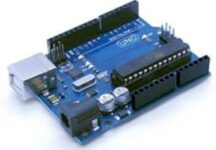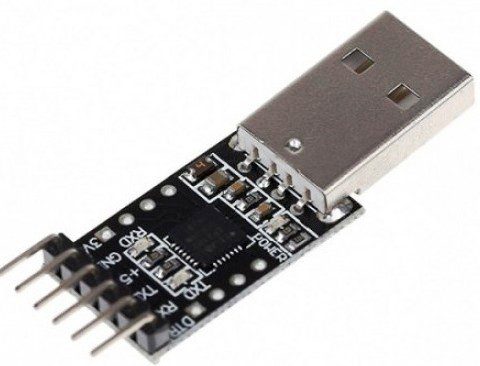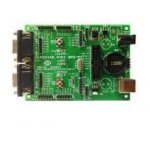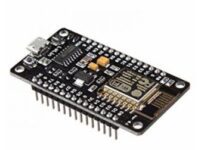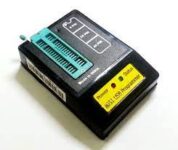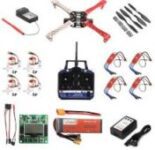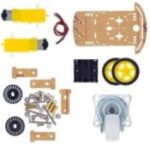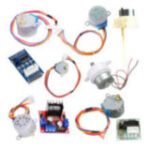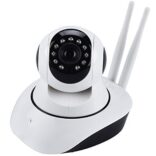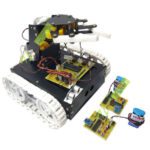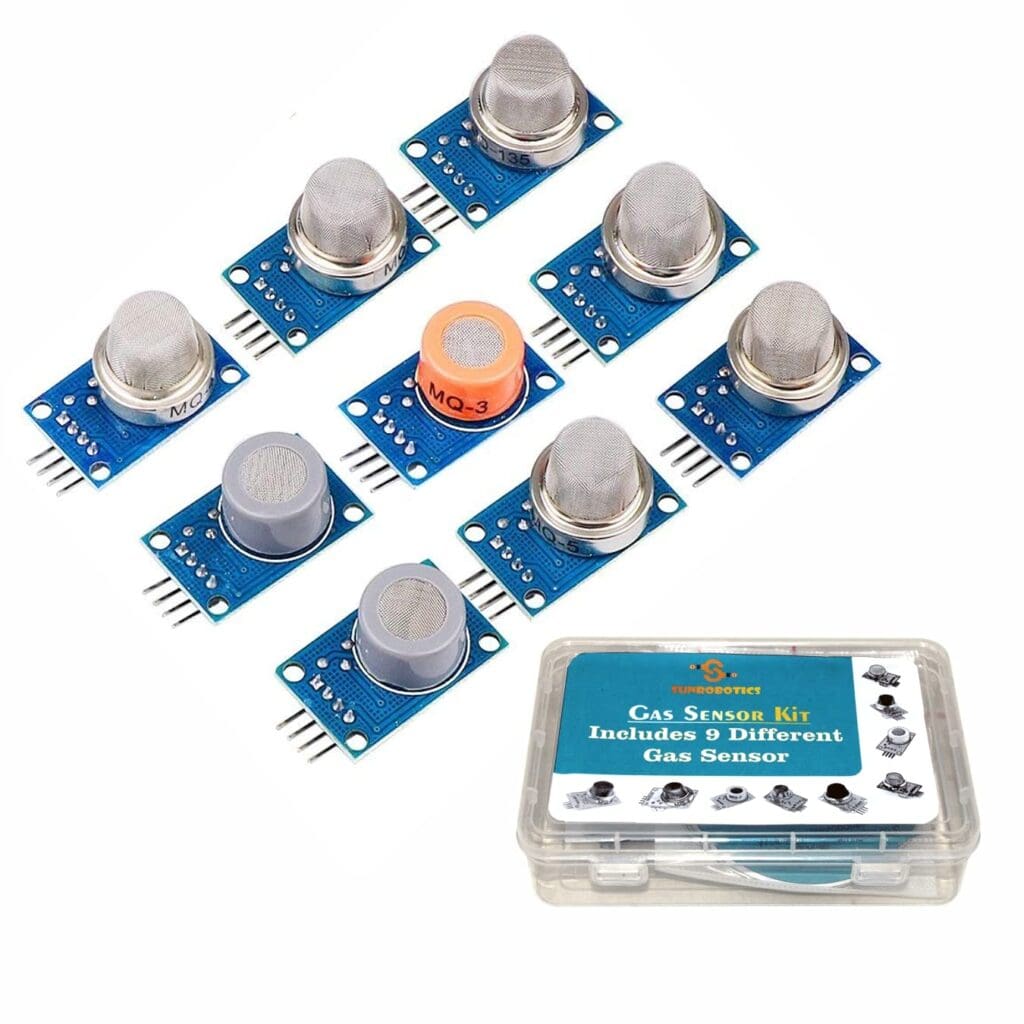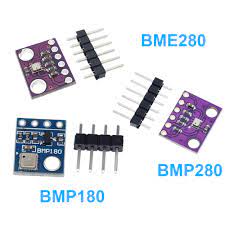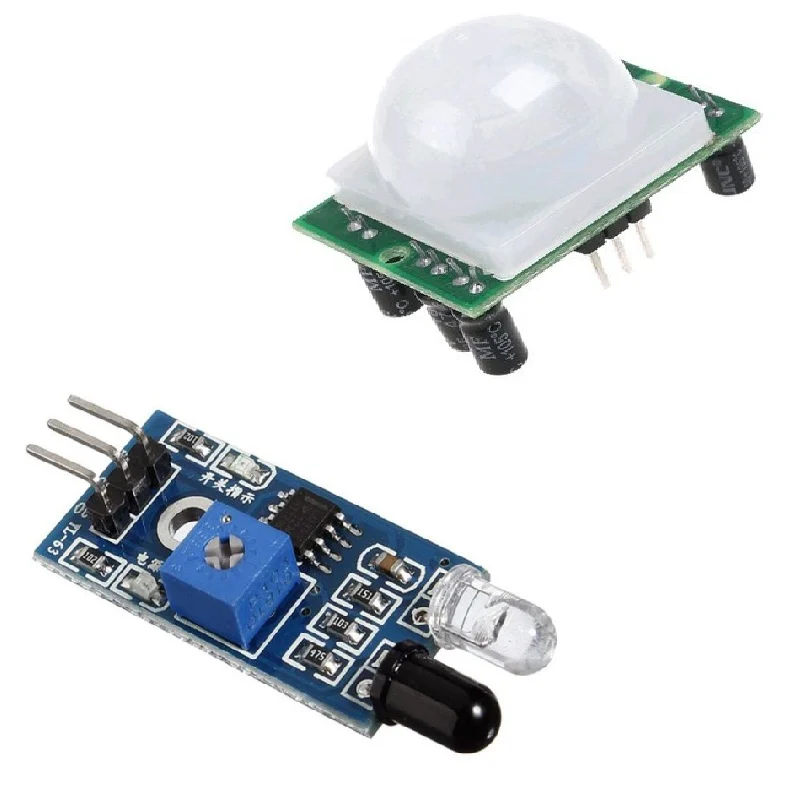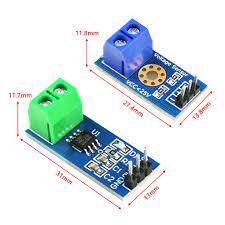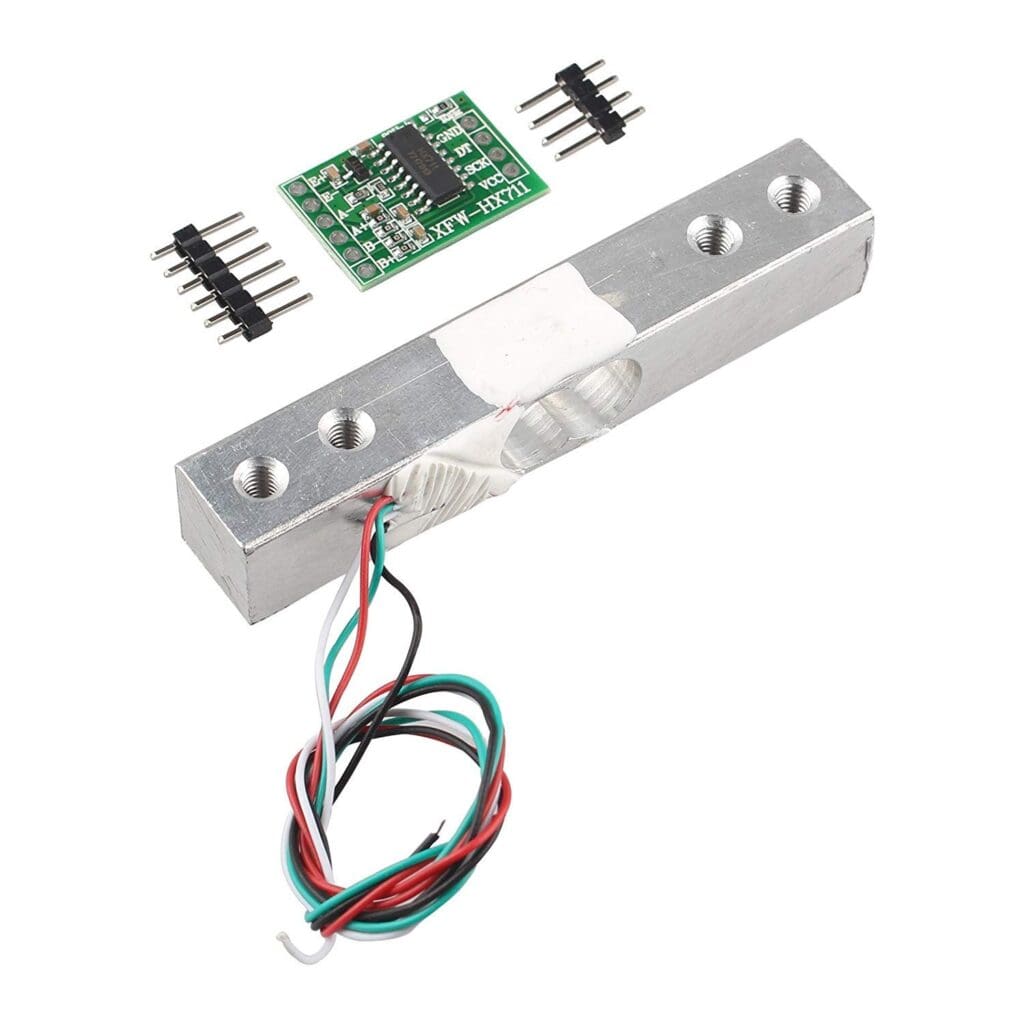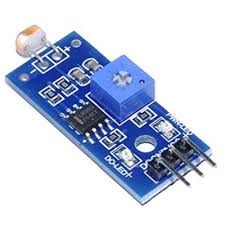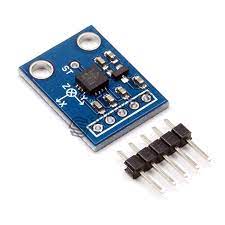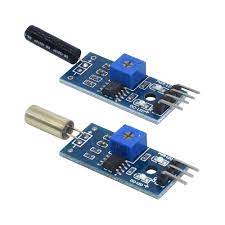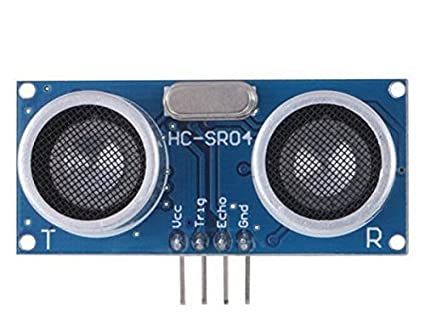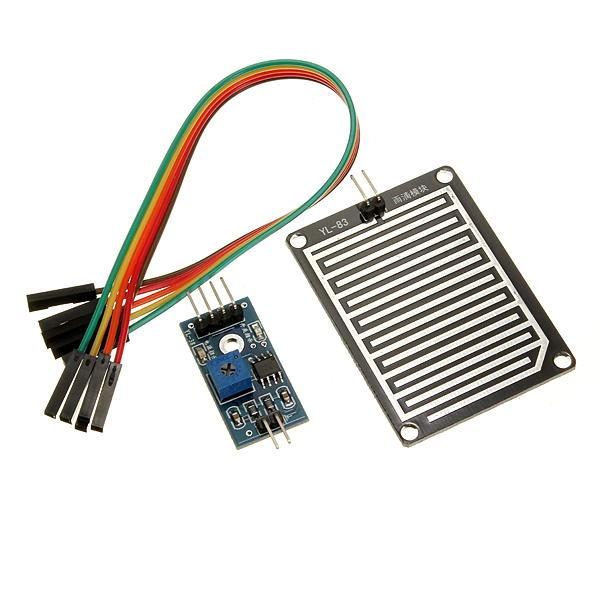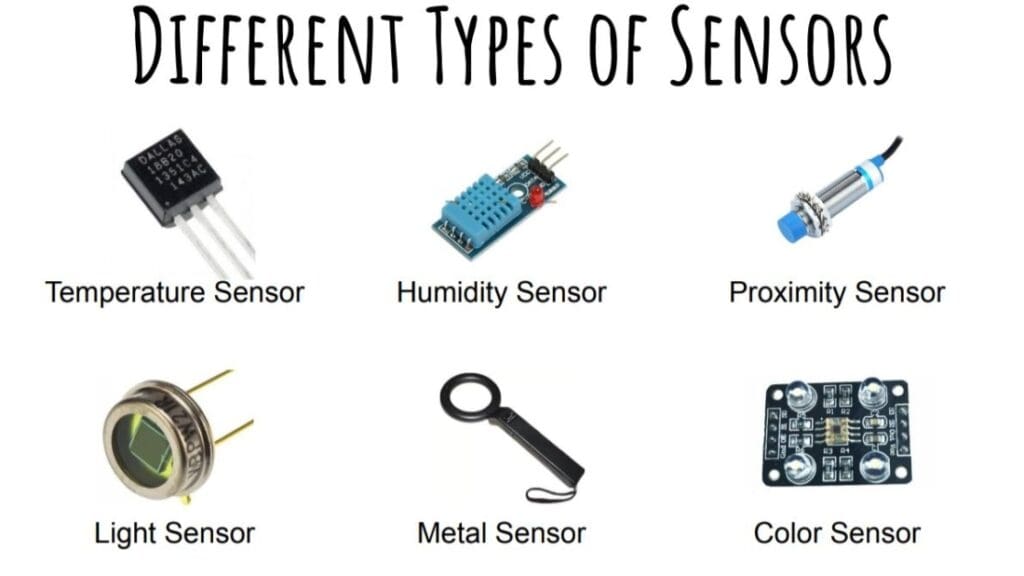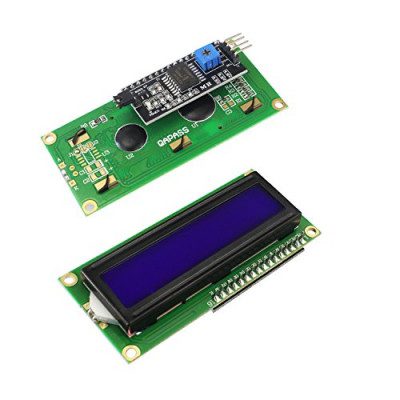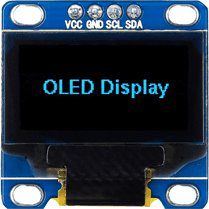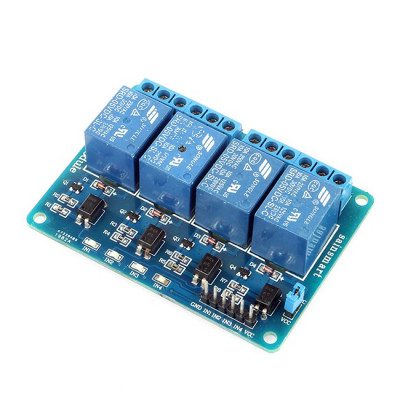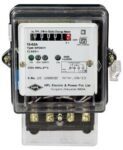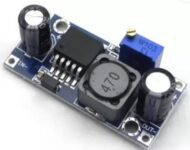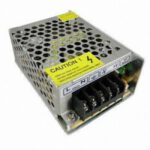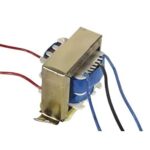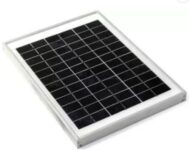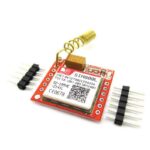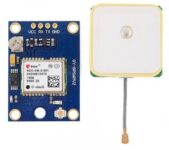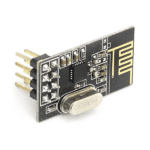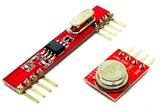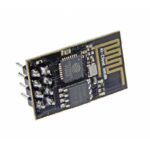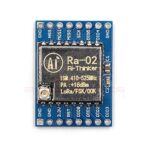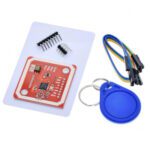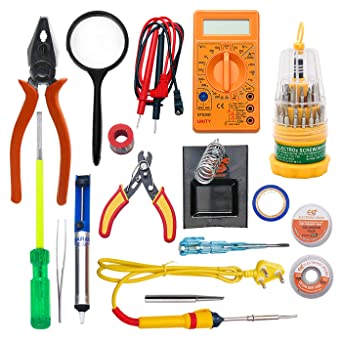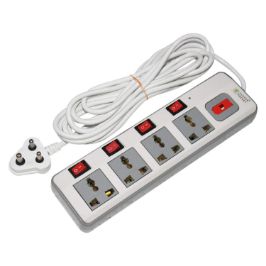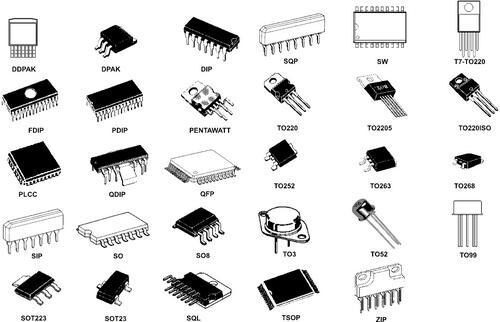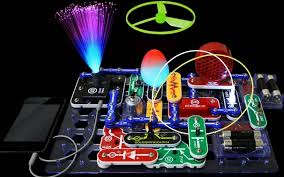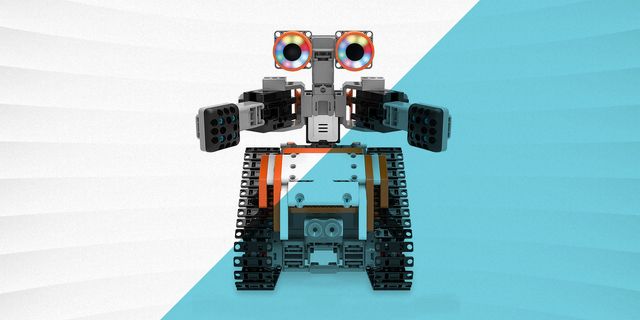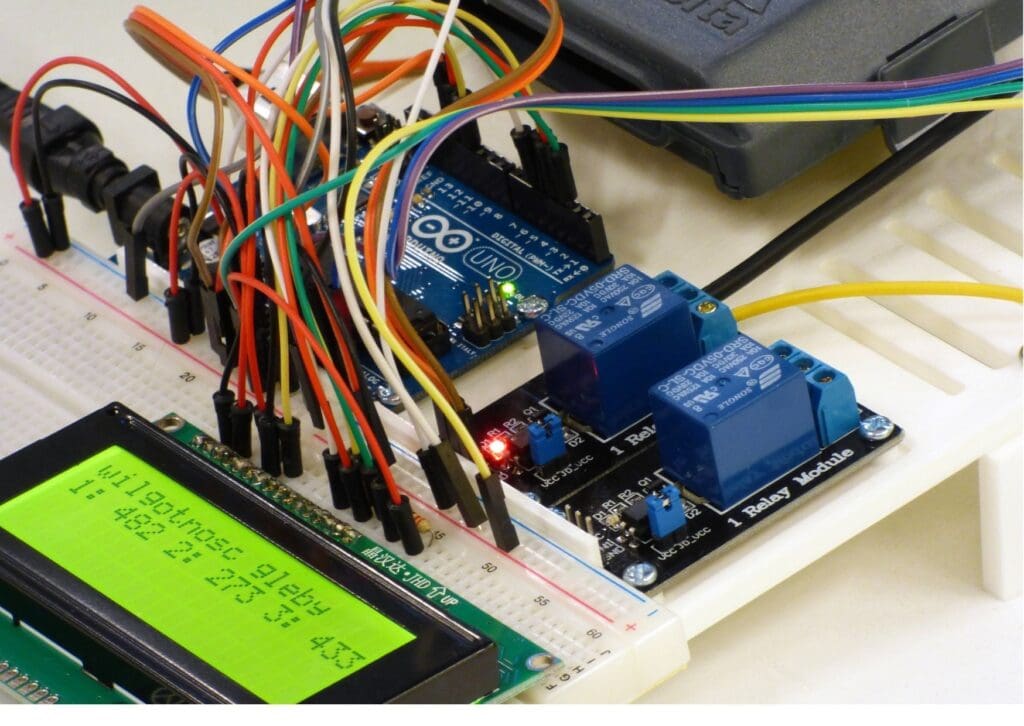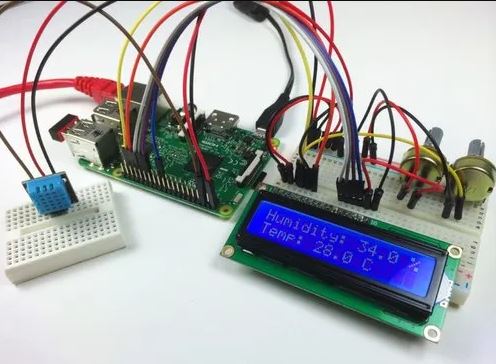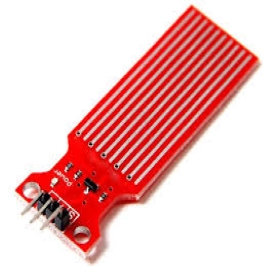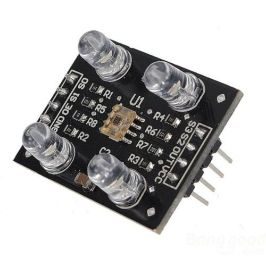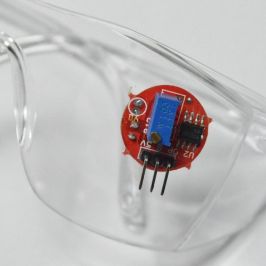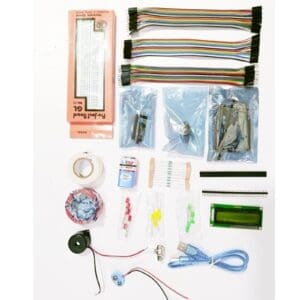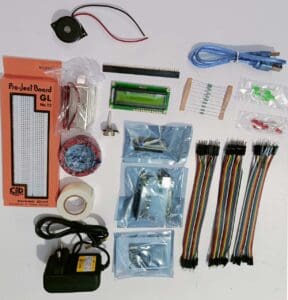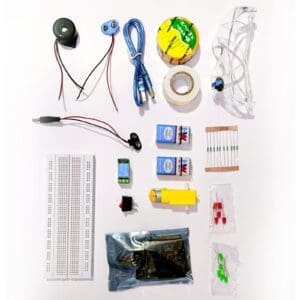Introduction
Digital Signal Processing (DSP) is a fundamental technology that underpins a vast array of modern electronic devices and systems. At its core, DSP involves the manipulation, analysis, and interpretation of signals represented in digital form. These signals could originate from various sources such as audio, video, sensors, communications, and biomedical devices. By processing these signals digitally, DSP enables the extraction of valuable information, enhancement of signal quality, and implementation of advanced algorithms for a wide range of applications.
One of the key advantages of DSP is its versatility and flexibility in handling different types of signals and performing various operations on them. Unlike analog signal processing techniques, which are limited in terms of precision and complexity, digital signal processing offers the ability to implement sophisticated algorithms with high precision and accuracy. This flexibility allows DSP to adapt to diverse application requirements, from simple filtering and noise reduction to complex tasks such as speech recognition, image processing, and wireless communication.
Another defining feature of DSP is its reliance on digital computation techniques to perform signal processing operations. By converting signals into digital form through analog-to-digital conversion (ADC), DSP systems can leverage the power of digital hardware and software to analyze and manipulate signals with precision and efficiency. This digital nature of DSP facilitates easy integration with digital electronic systems such as microprocessors, microcontrollers, and digital signal processors, enabling seamless implementation of signal processing algorithms in real-time applications
Projects Categories:
Products Categories:
- Robotics
- Actuators
- Camera Modules
- Drone Kits
- Drone Components
- Chassis
- DC Motors
- Other Robotic accessories
- Pick and Place Modules
- Robotic Kit
- Servo Motors
- Stepper Motors
- Wheels
- Microcontrollers & Programmers
- 8051 Microcontroller
- Arduino Microcontroller
- ARM Development Board
- Interface Module
- NODMCU / ESP Modules
- PIC Microcontroller
- Raspberry Pi
- Devices and Actuators
- Display Modules
- Sensors & Module
- Power Supply / Batteries
- Wireless modules
- Electronic Components
- Wholesale Market
Description
- Digital Signal Processing (DSP) encompasses several key features that distinguish it from analog signal processing techniques. These features enable DSP to efficiently manipulate signals in digital form, leading to a wide range of applications across various industries. Here are some key features of DSP along with their descriptions:
1. Flexibility: DSP offers a high degree of flexibility in processing signals due to its ability to implement a wide range of algorithms in digital form. This flexibility allows DSP systems to adapt to different signal processing tasks and application requirements without the need for hardware modifications. For example, a DSP-based audio equalizer can easily adjust its filter coefficients to accommodate different audio sources and user preferences.
2. Precision: Digital signal processing allows for precise control and manipulation of signals with high accuracy. Digital representation of signals enables exact arithmetic operations and eliminates errors associated with analog components such as noise, drift, and nonlinearity. As a result, DSP systems can achieve superior performance in tasks like filtering, modulation, and demodulation compared to analog counterparts.
3. Reproducibility: DSP operations are deterministic and reproducible, meaning that the same input signal processed by a DSP algorithm will always produce the same output signal. This reproducibility is crucial for applications where consistency and reliability are paramount, such as digital communications, medical imaging, and scientific measurements. It allows for accurate analysis and comparison of signals over time and across different systems.
4. Scalability: DSP algorithms can be easily scaled to accommodate different processing requirements, ranging from simple operations to complex computations. This scalability enables DSP systems to handle signals of varying complexities and sizes, from low-frequency audio signals to high-speed data streams. Moreover, advancements in digital hardware technology continually improve the processing capabilities of DSP systems, allowing for higher throughput and performance.
5. Real-time Processing: DSP is well-suited for real-time signal processing applications, where signals must be processed and analyzed within strict time constraints. Digital hardware and software implementations of DSP algorithms enable fast and efficient processing of signals, making it possible to perform tasks such as filtering, modulation, and feature extraction in real time. Real-time DSP is essential for applications like audio and video processing, telecommunications, and control systems.
Overall, these key features of DSP—flexibility, precision, reproducibility, scalability, and real-time processing—make it a powerful and versatile technology for manipulating signals in digital form. By leveraging these features, DSP enables a wide range of applications across diverse industries, driving innovation and advancing the capabilities of modern electronic systems and devices.

How does Digital Signal Processing work
Digital Signal Processing (DSP) works by converting analog signals into digital data, processing that data using mathematical algorithms, and then converting the processed data back into analog signals for output. Here’s how the process typically works:
1. Analog-to-Digital Conversion (ADC): The first step in DSP is to convert analog signals, such as sound waves or voltage variations, into digital form. This is accomplished using analog-to-digital converters (ADCs), which sample the analog signal at regular intervals and quantize each sample into a discrete numerical value. The result is a digital representation of the original analog signal, consisting of a sequence of binary numbers.
2. Digital Processing: Once the analog signal is digitized, it can be processed using digital signal processing algorithms. These algorithms manipulate the digital data to achieve various signal processing tasks, such as filtering, modulation, compression, and analysis. DSP algorithms operate on the discrete samples of the digital signal, performing mathematical operations such as addition, subtraction, multiplication, and division to modify the signal in desired ways.
3. Digital-to-Analog Conversion (DAC): After the digital signal has been processed, it needs to be converted back into analog form for output. This is accomplished using digital-to-analog converters (DACs), which reconstruct the original analog signal from the processed digital data. The DAC converts each digital sample into a corresponding analog voltage or current, which can then be amplified and sent to speakers, displays, or other output devices.
4. Output: The analog signal generated by the DAC is then fed to the output device, such as speakers for audio signals or displays for video signals. The output device converts the analog electrical signal into the corresponding physical phenomenon, such as sound waves or light, which can be perceived by human senses.
- Throughout this process, the digital signal undergoes various transformations and manipulations based on the specific DSP algorithms applied. These algorithms may include filtering to remove unwanted noise or distortions, modulation to encode information onto the signal, compression to reduce file size or bandwidth requirements, and analysis to extract useful information or features from the signal. The power and flexibility of DSP lie in its ability to perform these operations accurately and efficiently on digital data, enabling a wide range of applications in audio, video, communications, imaging, and many other fields.

Why does DSP matter in AV technology
- Digital Signal Processing (DSP) plays a crucial role in Audio-Visual (AV) technology by enabling the enhancement, manipulation, and transmission of audio and video signals. Here’s why DSP matters in AV technology:
1. Signal Enhancement: DSP algorithms are used to enhance the quality of audio and video signals in various ways. For audio, DSP can remove noise, equalize frequency responses, and enhance spatial effects, resulting in clearer, more immersive sound experiences. In video, DSP can improve image sharpness, adjust color balance, and reduce artifacts, leading to higher-quality visuals.
2. Compression and Encoding: DSP is essential for compressing and encoding audio and video signals efficiently. Compression algorithms such as MP3 for audio and H.264/HEVC for video rely on DSP techniques to reduce file sizes while preserving perceptual quality. This enables efficient storage and transmission of multimedia content, making it feasible to distribute high-quality AV content over limited bandwidth networks.
3. Real-time Processing AV applications often require real-time processing of audio and video signals to meet stringent timing requirements. DSP enables real-time tasks such as audio mixing, spatial processing, and video scaling by leveraging dedicated hardware and optimized software algorithms. This allows for seamless playback and synchronization of AV content in live performances, conferences, and multimedia presentations.
4. Adaptive Equalization :DSP can adaptively equalize audio and video signals to compensate for variations in playback environments and equipment characteristics. Adaptive equalization techniques analyze the characteristics of the input signals and adjust parameters in real time to optimize sound and image quality. This ensures consistent performance across different playback devices and listening/viewing environments.
5. Spatial Audio and Surround Sound: DSP enables the creation of immersive audio experiences through spatial processing techniques such as surround sound and 3D audio. By applying DSP algorithms to audio signals, it is possible to simulate directional sound effects, adjust sound localization, and create enveloping audio environments. This enhances the realism and immersion of AV content in home theaters, gaming systems, and virtual reality applications.
6. Echo Cancellation and Noise Reduction: In AV communication systems such as video conferencing and teleconferencing, DSP is used for echo cancellation and noise reduction. DSP algorithms analyze incoming audio signals, identify unwanted echoes and background noise, and suppress them to improve speech clarity and intelligibility. This ensures effective communication and collaboration in AV conferencing environments.
- In summary, DSP is essential in AV technology for enhancing audio and video quality, enabling efficient compression and encoding, facilitating real-time processing, adapting to playback environments, creating immersive spatial experiences, and improving communication in conferencing systems. Its versatile applications make DSP indispensable in delivering high-quality multimedia experiences across a wide range of AV devices and applications.
recent innovations and ideas
- Recent innovations in Digital Signal Processing (DSP) have led to advancements in various real-time applications, enhancing efficiency, accuracy, and performance. Here are some notable examples:
1. Deep Learning in DSP:
Integration of deep learning techniques with DSP algorithms has shown promising results in various applications. For instance, deep learning-based speech recognition systems achieve higher accuracy and robustness in real-time speech processing tasks, enabling voice-controlled devices and intelligent assistants like Siri and Alexa.
2. Adaptive Filtering for Noise Reduction:
Advanced adaptive filtering techniques are being employed for real-time noise reduction in audio and speech processing applications. These algorithms adaptively adjust filter coefficients based on changing noise characteristics, resulting in improved speech intelligibility and audio quality, particularly in noisy environments.
3. Real-Time Audio Beamforming:
Real-time audio beamforming systems utilize DSP algorithms to selectively capture and enhance sound from specific directions while suppressing noise from other directions. This technology finds applications in video conferencing systems, smart speakers, and automotive hands-free systems, enabling clear communication in noisy environments.
4. Software-Defined Radio (SDR):
SDR platforms leverage DSP algorithms to implement flexible and reconfigurable radio systems in software. By digitally processing radio frequency signals, SDR enables dynamic modulation, demodulation, and channelization in real time, facilitating adaptive communication systems, cognitive radios, and wireless network protocols.
5. Real-Time Biomedical Signal Processing:
DSP techniques are employed in real-time processing of biomedical signals such as electrocardiogram (ECG), electroencephalogram (EEG), and medical imaging data. Real-time analysis of these signals enables early detection of abnormalities, monitoring of physiological parameters, and feedback-controlled medical devices for improved healthcare outcomes.
6. Digital Control Systems:
Real-time digital control systems utilize DSP algorithms to regulate and control physical processes in various industrial and automotive applications. These systems enable precise and adaptive control of parameters such as speed, position, and temperature, enhancing efficiency, reliability, and safety in real-time control applications.
7. Machine Vision and Image Processing:
DSP techniques are applied in real-time machine vision systems for tasks such as object detection, recognition, and tracking. Advanced algorithms enable real-time processing of high-resolution images and videos, enabling applications such as autonomous vehicles, surveillance systems, and industrial automation.
8. Edge Computing with DSP:
DSP algorithms are increasingly deployed on edge computing platforms to perform real-time processing and analysis of sensor data at the source. This enables low-latency decision-making, reduced bandwidth requirements, and enhanced privacy and security in IoT (Internet of Things) applications, smart sensors, and wearable devices.
- These innovations demonstrate the diverse range of real-time applications of DSP and highlight its critical role in enabling advanced functionalities and capabilities across various domains. As technology continues to advance, we can expect further integration of DSP with emerging technologies such as artificial intelligence, IoT, and edge computing, driving continued innovation and progress in real-time signal processing applications.
Conclusion
- In conclusion, the recent innovations and ideas in Digital Signal Processing (DSP) have significantly advanced real-time applications across diverse fields, from audio and speech processing to telecommunications, healthcare, and industrial automation. By leveraging cutting-edge DSP algorithms and techniques, engineers and researchers have achieved remarkable progress in enhancing the efficiency, accuracy, and performance of real-time systems.
- The integration of deep learning with DSP has led to breakthroughs in speech recognition, audio processing, and image analysis, enabling intelligent and adaptive systems capable of understanding and responding to complex signals in real time. Furthermore, adaptive filtering, beamforming, and noise reduction techniques have improved the quality of audio and communication systems, enhancing user experiences and enabling clear communication in challenging environments.
- Real-time applications of DSP extend beyond communications and multimedia to encompass biomedical signal processing, machine vision, control systems, and edge computing. These applications benefit from the ability of DSP to analyze, manipulate, and interpret signals rapidly, enabling timely decision-making, precise control, and intelligent automation.
- Looking ahead, the synergy between DSP and emerging technologies such as artificial intelligence, IoT, and edge computing is poised to drive further innovation and advancement in real-time signal processing applications. As DSP continues to evolve, it will play an increasingly pivotal role in shaping the future of technology, enabling smarter, more efficient, and more responsive systems across a wide range of domains.
For additional blog content, to explore further insights and articles. Click here
Understanding Integrated Circuit And Microchips
Understanding Integrated Circuit And Microchips Introduction Integrated circuits (ICs), often referred to as microchips, are...
Read MoreExploring The world of Quantum
Exploring The World Of Quantum Sensors Quantum sensors are fascinating devices that leverage the principles...
Read MoreRaspberry Pi Microcontroller
Raspberry Pi Introduction Welcome to the world of Raspberry Pi projects, where creativity meets technology!...
Read MoreAdvanced Application of Artificial
Advanced Applications Of Artificial Intelligence In Electronics Introduction In the realm of electronics, the fusion...
Read More


